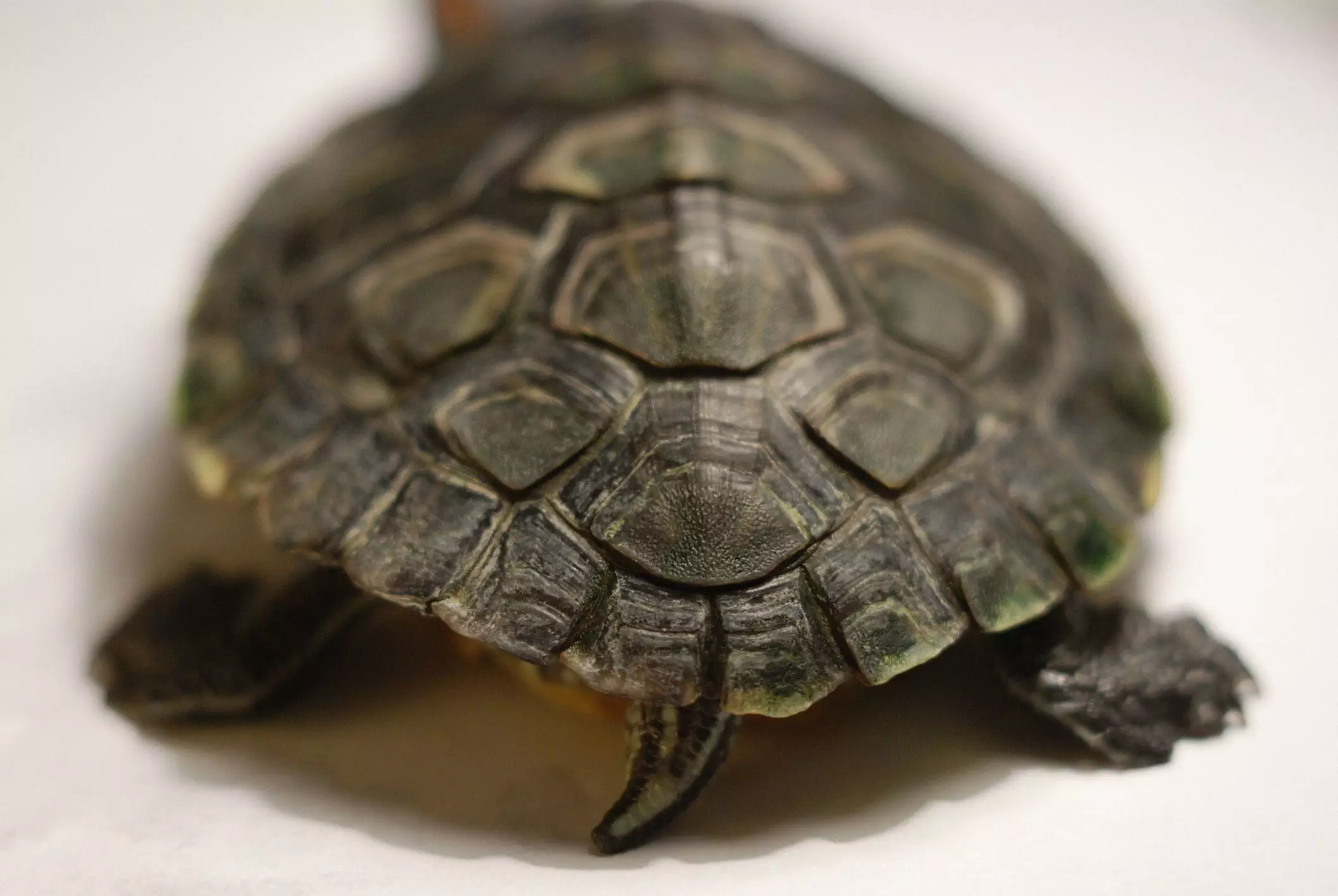When it comes to the world of pet turtles, pinpointing their gender can present a unique challenge, particularly if the turtle was not acquired from a breeder who monitored the hatching environment. Factors such as incubation temperature play a critical role in influencing the sex of the hatchling. Specifically, cooler conditions foster the development of male turtles, while warmer temperatures yield females. Despite these biological nuances, certain turtle species exhibit distinct physical traits that facilitate gender identification, which is particularly useful for pet owners.
Among various turtle species, red-eared sliders (Trachemys scripta elegans) emerge as a prime example of pronounced sexual dimorphism. This term refers to the observable differences in appearance between males and females. For red-eared sliders, the variations in size become apparent as the turtles mature. Males typically achieve sexual maturity at about four inches, which generally occurs between the ages of two to five years. In contrast, females commonly reach maturity when they grow to between six and seven inches, a process that may take five to seven years.
However, size alone does not serve as the definitive marker for gender since growth rates may depend on factors like diet and species. In the case of sulcata tortoises, females can weigh as much as 100 pounds, whereas males can surpass 200 pounds. Conversely, some sea turtles exhibit minimal size difference, with both sexes reaching comparable dimensions. Hence, using shell size as a reliable determinant necessitates that the turtle has reached its adult size.
Another anatomical feature that assists in distinguishing male from female turtles is the shape of the plastron, the lower shell. In male turtles, the plastron is concave, which aids in mating by allowing the male to position himself more effectively. Female turtles, on the other hand, exhibit a flat plastron. This size and shape differentiation not only facilitates mating but also accommodates any eggs a female may bear.
When assessing gender based on external features, observing the front feet can also yield significant insights. Typically, males possess longer, more pronounced claws, which they utilize during mating displays and while grasping the female’s shell. In contrast, females feature shorter, more compact claws, reflecting different courtship roles within the species.
One of the most telling indicators of a turtle’s gender lies in its tail. The tail characteristics between males and females can be quite distinct. Female turtles generally possess shorter and narrower tails, while males flaunt longer, thicker tails. Furthermore, the position of the vent (cloaca) is strategically located nearer to the tail’s end in males, a key differentiator in species where comparative analysis is feasible. Particularly when housing multiple turtles, observing these tail attributes offers an immediate visual reference for distinctions between the genders.
Color Patterns and Additional Indicators
While red-eared sliders display a predominantly green body accented with vibrant yellow streaks—making physical gender recognition challenging—other attributes such as eye color can also provide clues. For example, ornate box turtles present a striking sexual dimorphism with males flaunting red eyes and greenish heads, contrasted with the brown or yellow-eyed females. The differences in leg scale colors further emphasize the contrasts—males are adorned with red or orange scales, while females boast brown scales.
It’s important to note that regardless of the observations made, if you suspect your turtle is unwell, consulting a veterinarian remains paramount. Only a professional can provide tailored guidance based on a thorough evaluation of your pet’s health history.
Distinguishing the gender of pet turtles not only enhances ownership experience but also informs necessary care practices that are often gender-specific, especially concerning breeding and habitat requirements. Recognizing these attributes solidifies a pet owner’s knowledge and compatibility with their turtle, ultimately fostering a thriving and harmonious living environment. As turtle enthusiasts continue to delve into their pet’s biological traits, a greater appreciation for these creatures and their intricacies evolves, making the journey even more rewarding.

